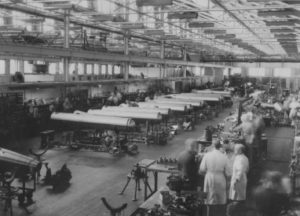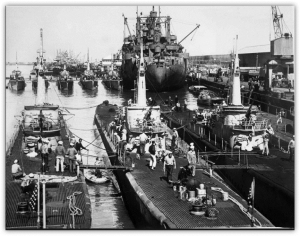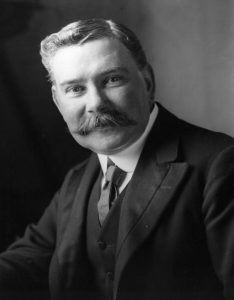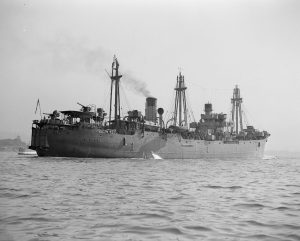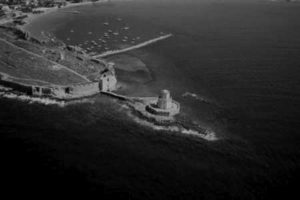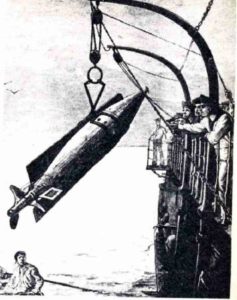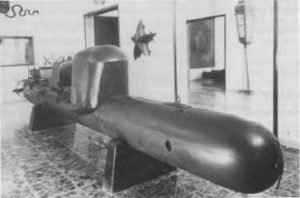By Midshipman Lloyd Skinner, RAN In 1942, the Royal Australian Navy (RAN) Torpedo Factory, located at Neutral Bay, Sydney commenced operations. Previously, the Torpedo Depot at Garden Island across the ...
Torpedo
Occasional Paper 13: Local Australian/USA Submarine Initiative Helps Turn the Tide of War Against Japan in 1942
August 2017 The following story provided by Commodore Bob Trotter OAM RAN (Ret’d), National President of the Submarine Association is about a little-known part of the shared Australia/USA submarine history ...
Louis Brennan (1852-1932) – the Wizard of Oz
By Mike Turner Louis Brennan was a brilliant and prolific inventor. Two of his best known inventions were a gyro-stabilised train for a monorail and a type of helicopter, but ...
The Effectiveness of Torpedoes and Mines in World War II
By Mike Turner Mike Turner graduated from Sydney University with a degree in Science and an Honours degree in Aeronautical Engineering. After qualifying as a Ships Diver in 1957 he ...
Letter: Sea mine
The article by Sub-Lieutenant N.J. Laing, RAN in the June 2013 Review quotes the myth that the sea mine ‘accounted for more shipping losses than any other weapon’ during World ...
Sebastiano Venier-Mediterranean 1941: Tribute to an Enemy
Torpedo Pioneers – 14 November Anniversary
Extract from The Times of London, 14 November 2002. Forwarded by David Simmonds (Member, WA) A REMARKABLE COINCIDENCE has been noticed on the anniversaries of two of the pioneer developers ...
The Alchiba Travail
Hedy Lamarr, Movie Star (and Inventor of torpedo-control )
LUIGI DURAND DE LA PENNE – Italian human torpedo
Few people who saw the Italian Guided Missile Destroyer LUIGI DURAND DE LA PENNE during her visit to Sydney will know of this story of the person for whom she was ...
